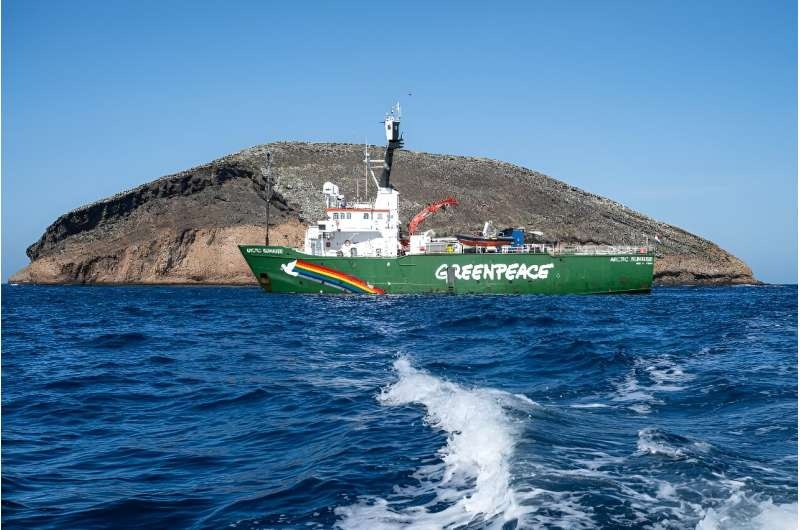A year after the historic treaty to protect the high seas was opened for signatures, the journey towards its ratification remains arduous. With only 13 ratifications so far, the treaty’s implementation faces significant challenges, but activists remain hopeful for its future impact on marine conservation.

A Slow and Steady March
Pollution and climate change are threatening delicate deep-sea ecosystems, such as cold-water corals that provide a habitat for other species, but these areas lie beyond national jurisdiction and have gone unprotected. The high seas treaty, agreed after nearly 15 years of difficult negotiations to prevent the void created by ungoverned open ocean which has not only been ruined by over-fishing but acidifying at an unprecedented pace. And as ambitious the treaty is, it has seen a long and tedious road to ratification.
Although the treaty was formally adopted in March 2023, it has received 104 signatures — a sign that signatories eventually intend to ratify. But with just 13 countries having ratified the actual agreement, this process is lagging.
It needs to be ratified by 60 states before it can become effective, a figure that remains a long way off. Campaign groups are calling on countries to speed up their ratification processes, saying the current rate is too slow for the treaty to make a difference to marine conservation.
AN URGENT CALL TO PROTECT THE HIGH SEAS
These efforts, however, have all but ignored the high seas — those vast stretches of water that cover nearly half the surface of our planet and more than 60 percent of its oceans. The ocean span is considered international waters and under no state’s jurisdiction by default, meaning that it’s a notoriously hard region to keep safe.
This is exactly the gap that the new treaty intends to cover by providing a concrete foundation under which marine protected areas, essential for ensuring the health of many of the ocean’s ecosystems, can be founded. At present, just 1 percent of the high seas are protected at all showing that biodiversity conservation on the high seas needs to be given a fresh look.
There too, the urgency of the high seas treaty is underlined by those headline commitments at last year’s UN biodiversity summit in Kunming — where all states made a high-level commitment to save 30 percent of land and sea on Earth before 2030. Campaigners say this treaty will form an essential part of their ambitious target, underlining the need for it to be ratified quickly.
Conclusion
The road to the adoption of this high seas treaty has been long and tortuous but the end game is critical, with so much at stake. Despite widespread backing, only 13 countries have ratified the treaty so far, leaving it well short of entering into force. Campaigners are demanding the ratifications process happen faster so that this historical agreement can deliver on its promise of conserving and protecting the fragile ecosystems under threat in our oceans. If it succeeds, the high seas treaty will not only help marine life to recover but also play its part in meeting the wider global target of protecting 30% of the planet’s land and oceans by 2030 – a pivotal deadline for tackling environmental destruction.
